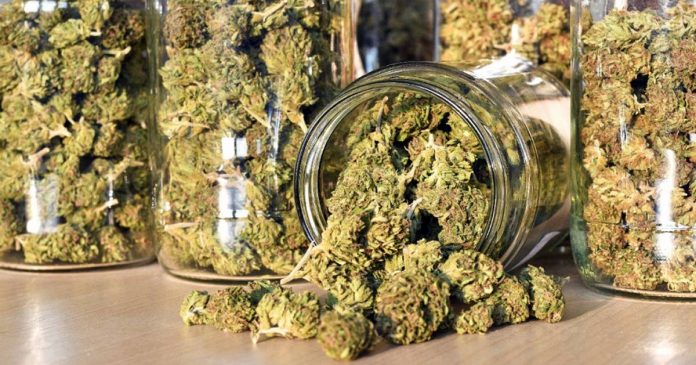The popularity of New Mexico’s medical cannabis program is creating supply headaches for producers and some patients.
SFGate reports more than half of producers have indicated they have been unable to keep up with patient demand for marijuana and related products, while around 25% of patients said they were unable to buy medicinal cannabis within the past 90 days because it was out of stock. The figures are based on results of state-commissioned surveys of New Mexico medical cannabis producers and patients.
According to statistics published by New Mexico Department of Health a couple of weeks ago, there were 72,375 active patients and 7,767 active personal production licenses (PPLs) in April. The active patients number is quite incredible given the state has a population of around 2.095 million – it works out to over 3% of the entire population is registered.
Back in January we reported there were 67,574 active patients in December 2018 and 7,460 active PPLs. The DOH says the Medical Cannabis Program receives hundreds of patient applications each day and has 30 days to approve a completed application from the date it is received at the DOH office.
The most common qualifying conditions for registration under the program as at the end of April were Post-Traumatic Stress Disorder (36402), severe chronic pain (24462) and cancer (3969).
The results of the survey are important as back in March, SB406 was signed into law, which will expand access to medical cannabis.
The Department of Health hasn’t been oblivious to supply issues. In early March, the DOH adopted an emergency rule raising the plant count for non-profit producers from 450 to 2,500 plants – an increase of more than 500%.
“This upping of the plant count limit acknowledges growing enrollment in the Medical Cannabis Program, and seeks to ensure future availability of cannabis product,” said the DOH.
The state has dozen of non-profit producers. According to LNNP plant count figures published in early May, the collective plant count previous to the change was 14,500 and by May 6; 68,282 – an increase of 53,782 plants. Not all LNNPs had the maximum number of plants at that point.


